In the warm, humid air of El Ojal, Panama, junior Sage Thornton and two of her partners from other high schools were in the kitchen of their abuela, or their host grandmother. Abuela was running around grabbing different ingredients to put into a big bowl which was then going to be combined to make yiyimbres, a Panamanian gingerbread. They kneaded the dough atop a floured table and soon were able to indulge in some warm cookies with milk. As Thorton reminisced over this memory, she couldn’t
help but miss her days spent volunteering abroad in Panama and her part in the Amigos de las Americas program.
Amigos de las Americas is an international volunteer organization. Founded almost 54 years ago, the program provides students from ages 13 to 22 with a first-hand experience in both leadership and total cultural immersion. Amigos offers summer and gap year programs that specialize in community fundraising and projects in Latin America.
Thornton spent six weeks this summer in El Ojal, Panama with Amigos’ summer program. At the beginning of her trip, Thornton experienced difficulties with her Spanish skills and became homesick, as she had never traveled on her own before.
“The first couple of weeks were so hard,” Thornton said. “I literally sat in the corner and was quiet, trying to listen and learn, because I did not know what they were saying.”
Adapting to the new environment became easier with the help of her host family. She explained that the people of her community were generous and willing to give, despite not having much themselves.
Thornton was also trained extensively prior to her trip to Panama to prepare for any unfamiliar situations that volunteers might encounter abroad. Thornton said that
they were given every possible scenario and were taught how to properly deal with them. Volunteers also met three times a month.
Participating in the Amigos program requires paying for the costs of airfare, room and board, training materials and a 24/7 on-call safety team along with other necessary
supplies. Financial aid was offered through reaching out to sponsors or the financial aid program that volunteers can apply for on the Amigos
website. Students applying to volunteer abroad also sold grapefruit to raise additional money for the trip.
A group of students is assigned to a particular community in a Latin American country that, according to Amigos website, are “passionate and committed to working with [the] volunteers on community service projects.” For Thornton’s project, she and the volunteers were asked to build a caséta (booth) for the people of El Ojal; the caséta was going to serve as the only bus stop for the people living there. After working on their project, volunteers met with children from the town’s school and spend time with them every day in a little house they made. Volunteers participated in activities with the kids and occasionally taught English, or about reforestation and health etiquettes.
Thornton explained that, despite not knowing much Spanish when she arrived, she was never made fun of because of it. Instead she received only kindness and willingness to
help her get better. Thornton’s first hand experience in Panama differed from the typical perception of South American countries as poor, dirty and horrible.
“I don’t know why people say that– it’s beautiful,” she said. “Panama City is gorgeous, Junior Sage Thornton volunteers in Latin America everywhere there is so amazing.”
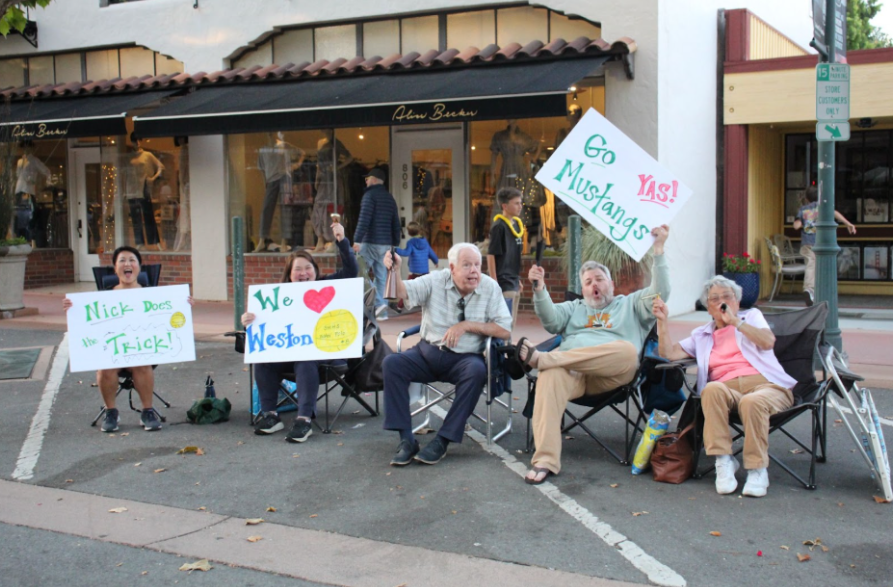
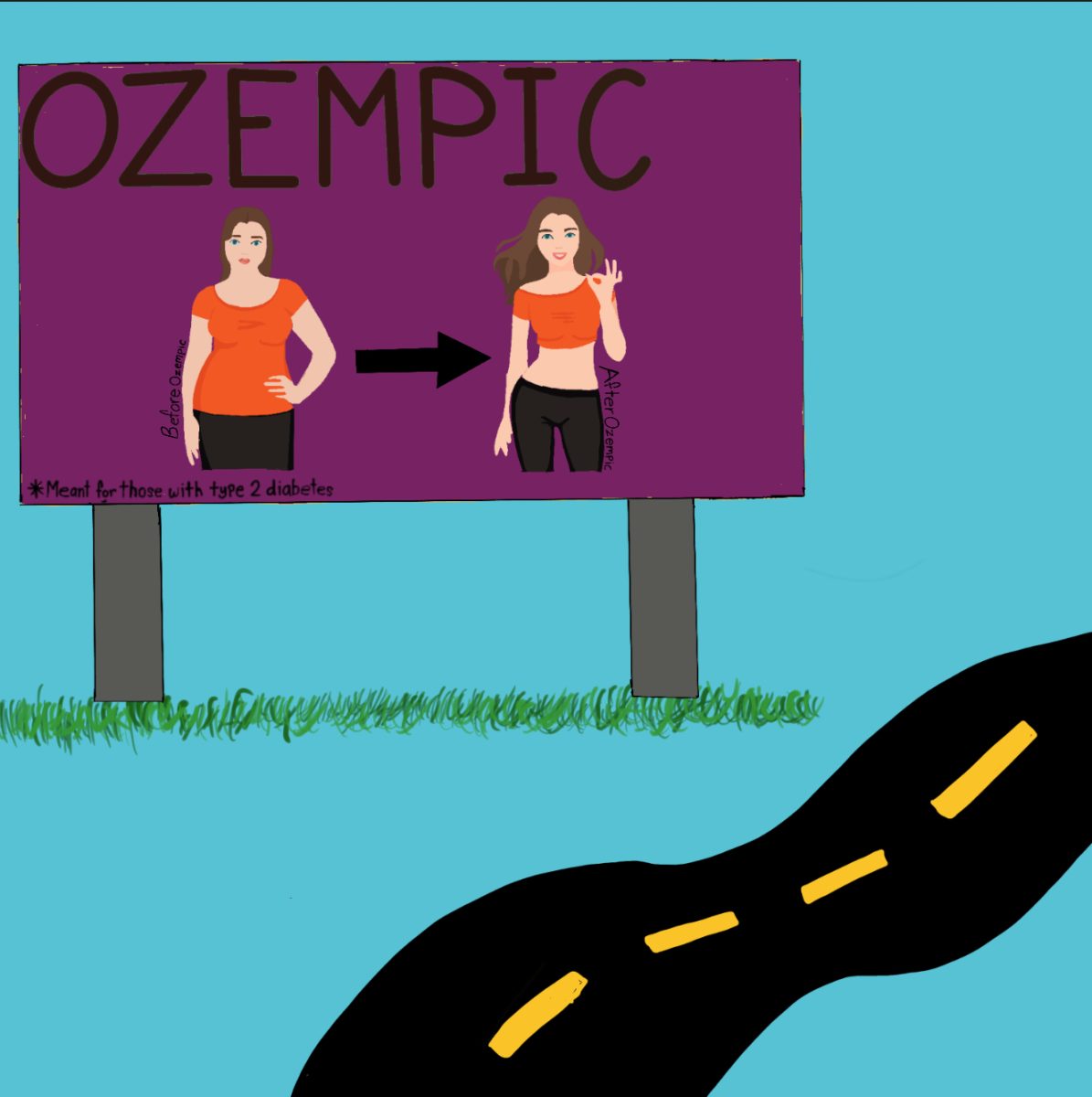
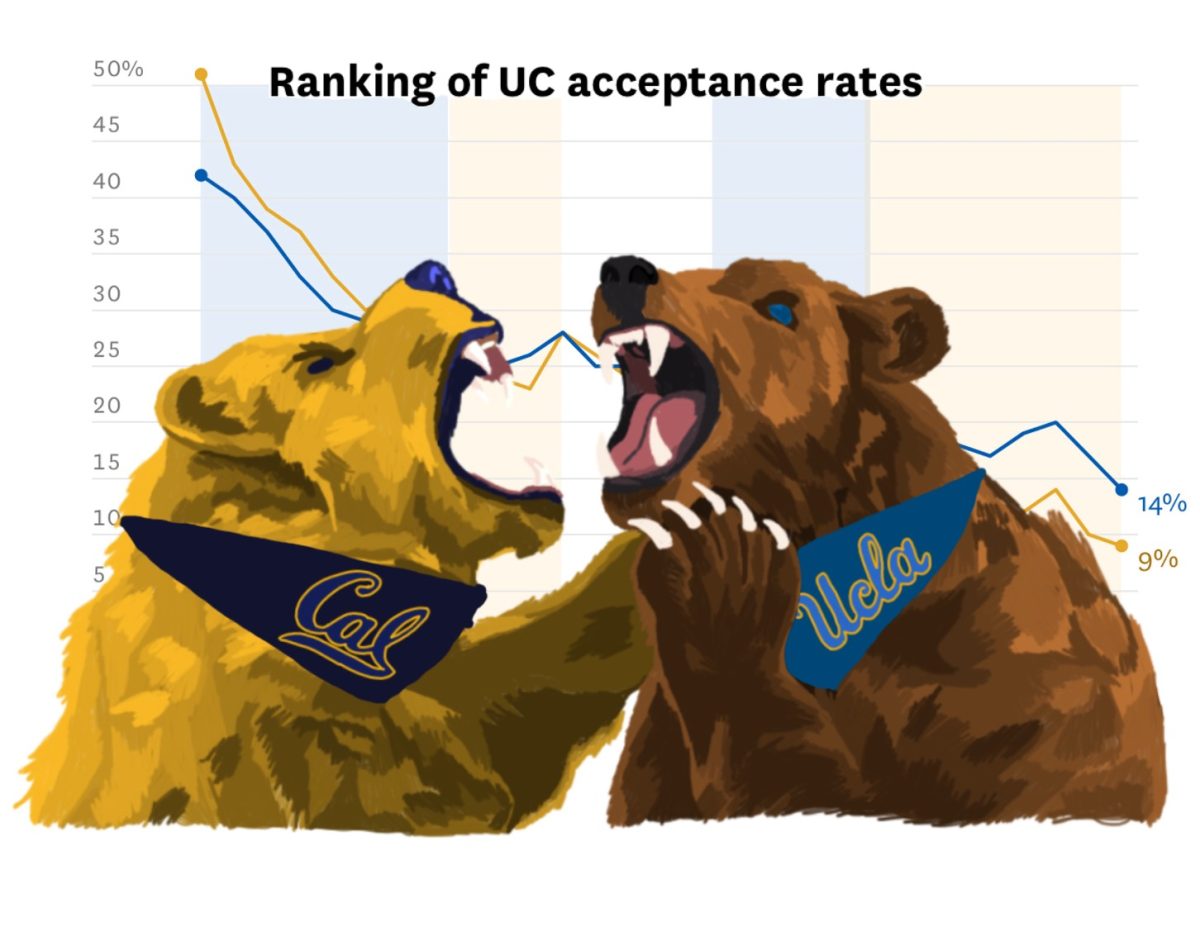
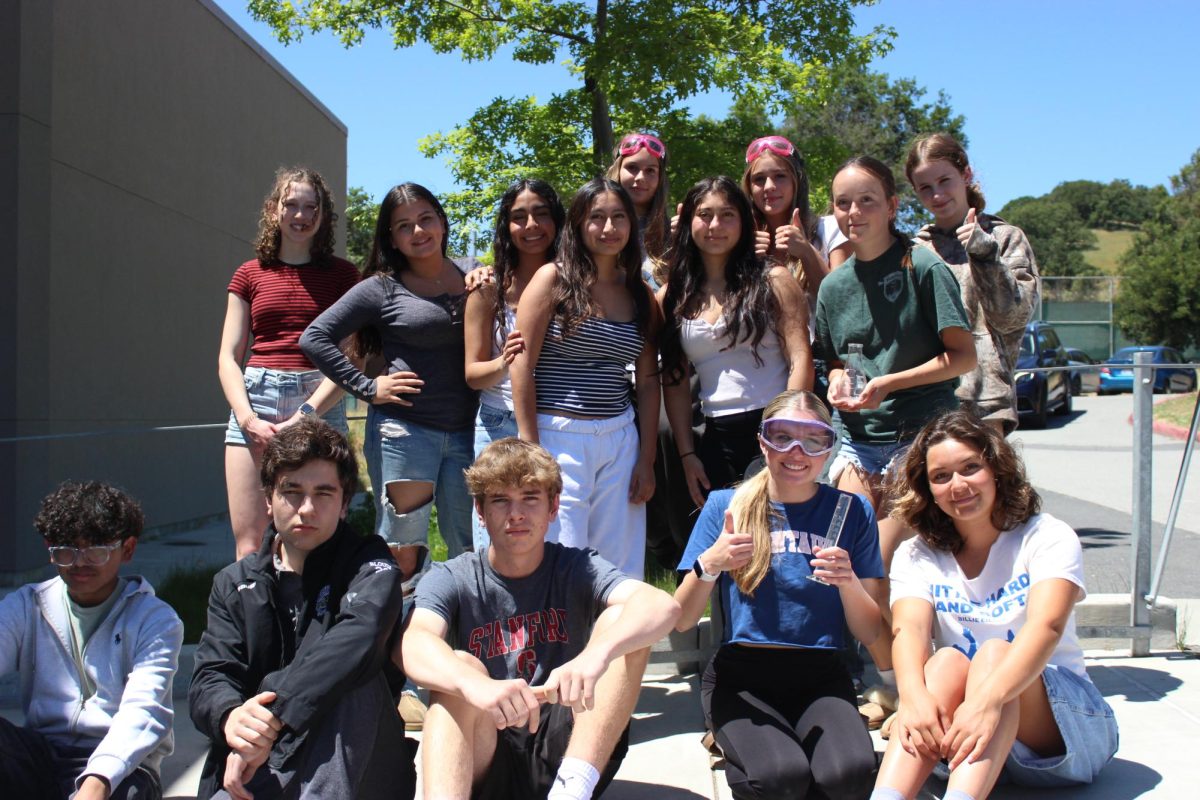
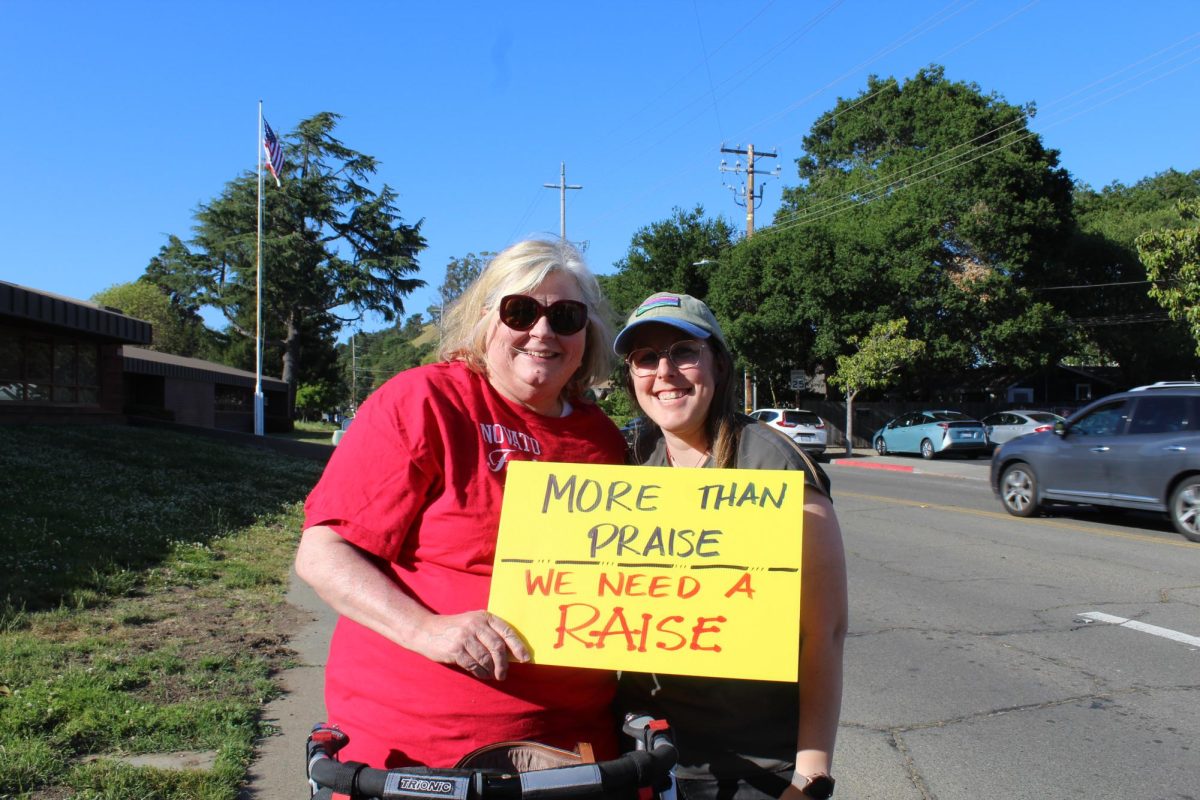
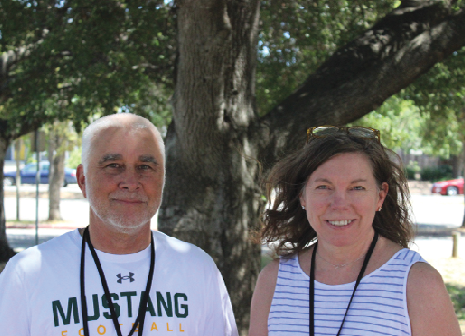
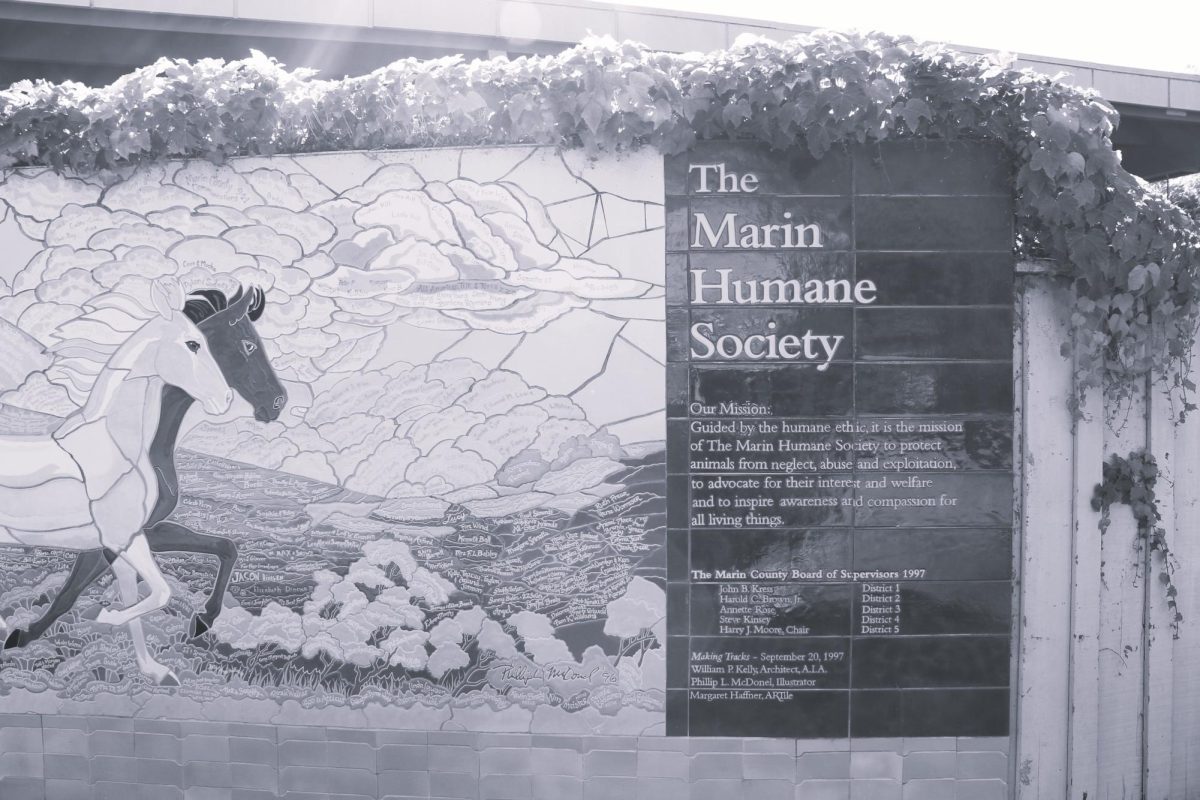
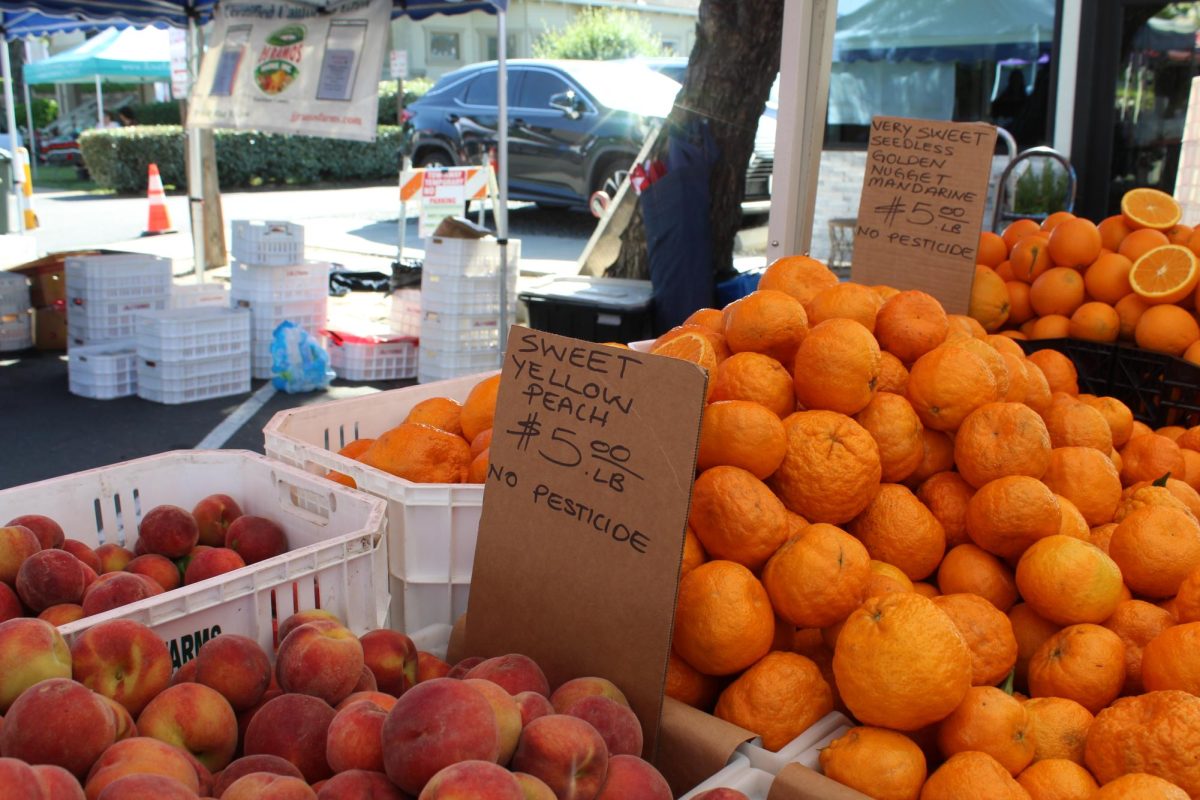

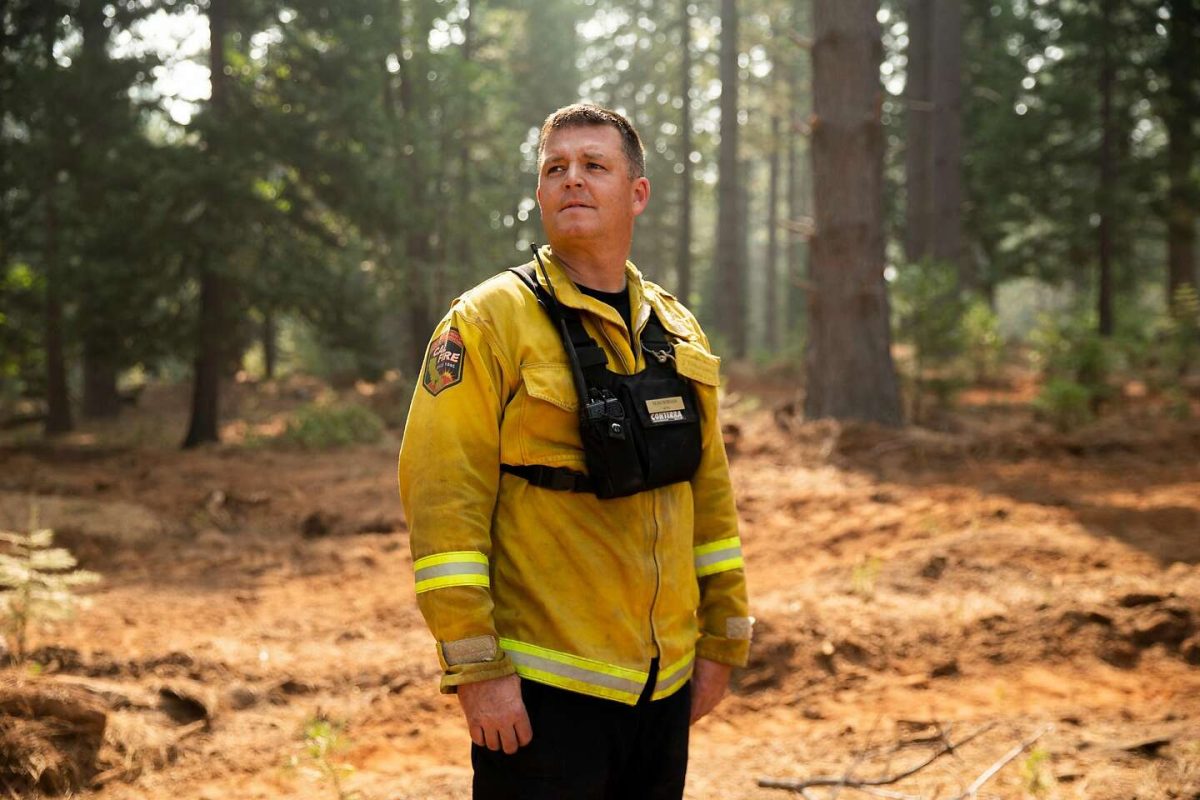
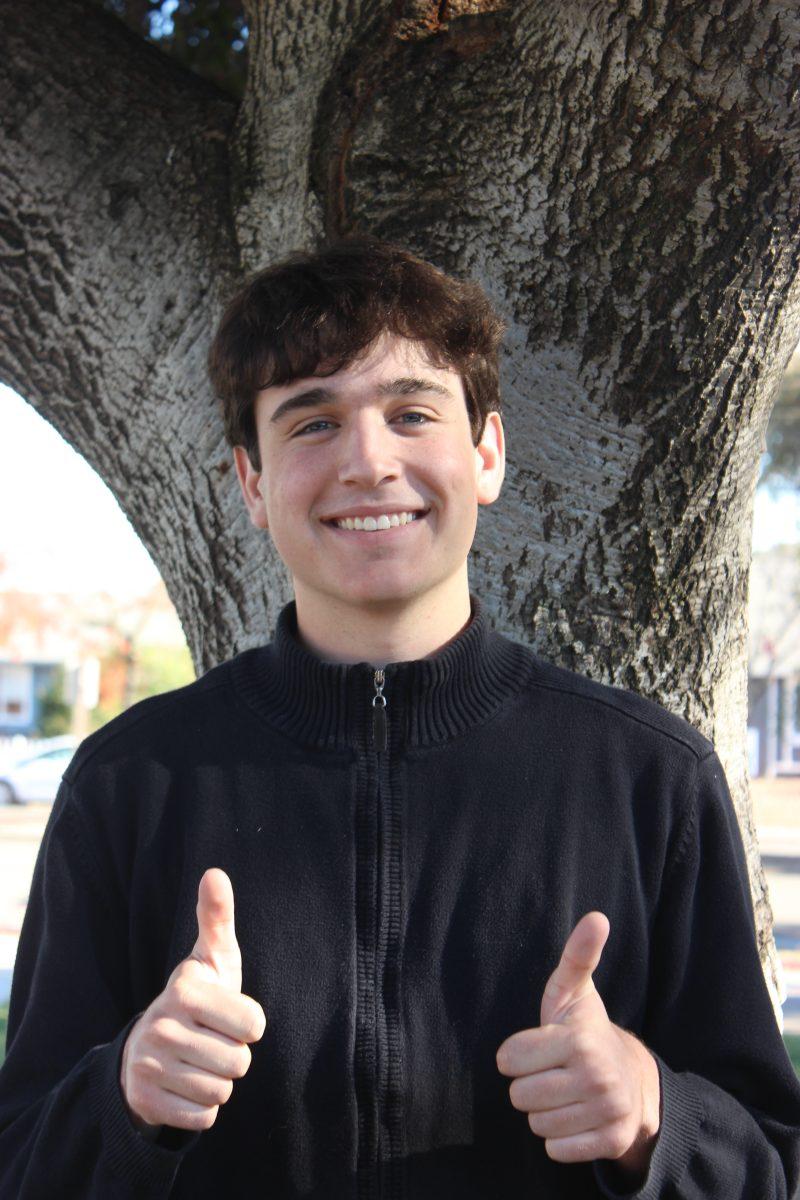
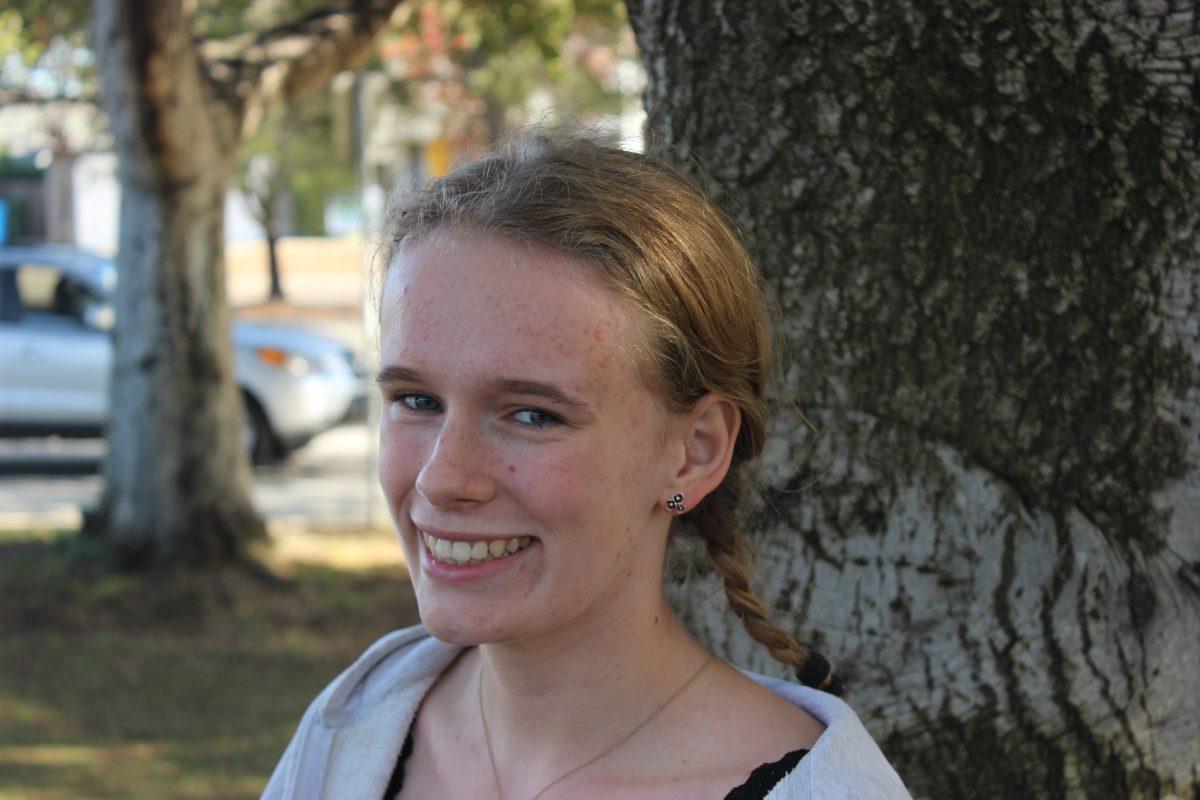
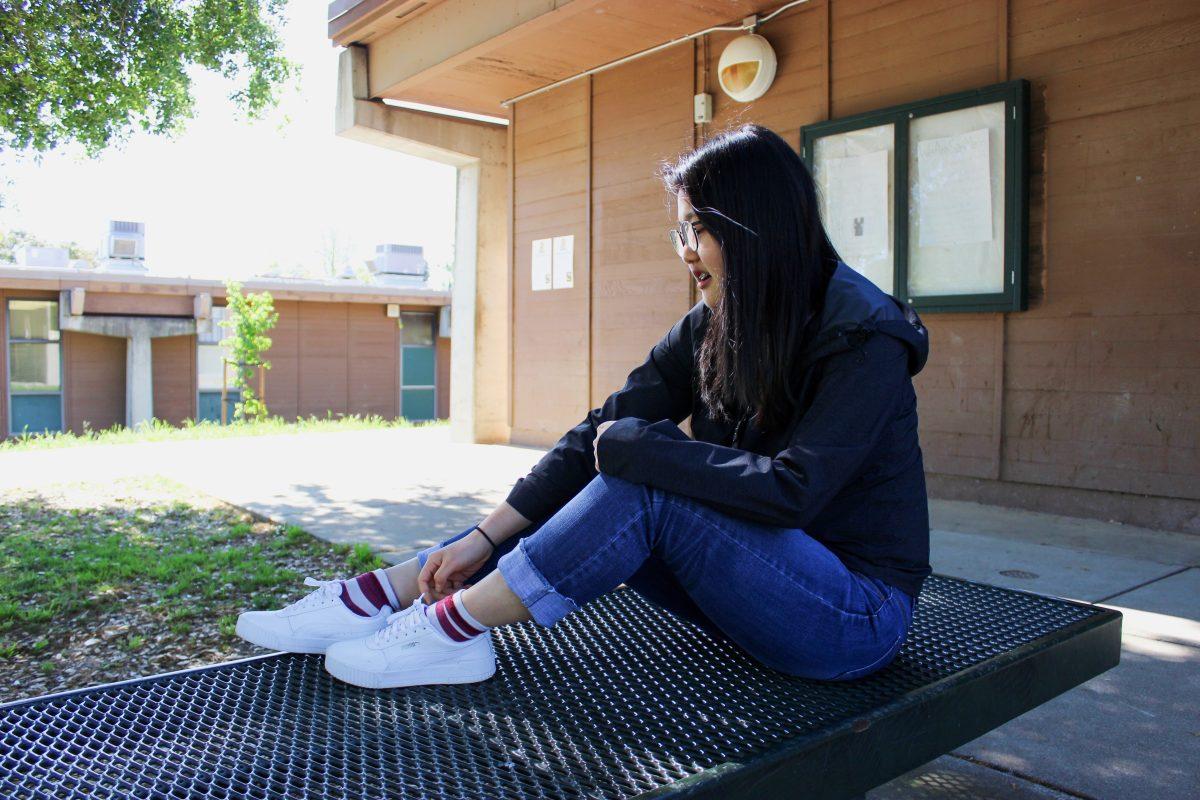
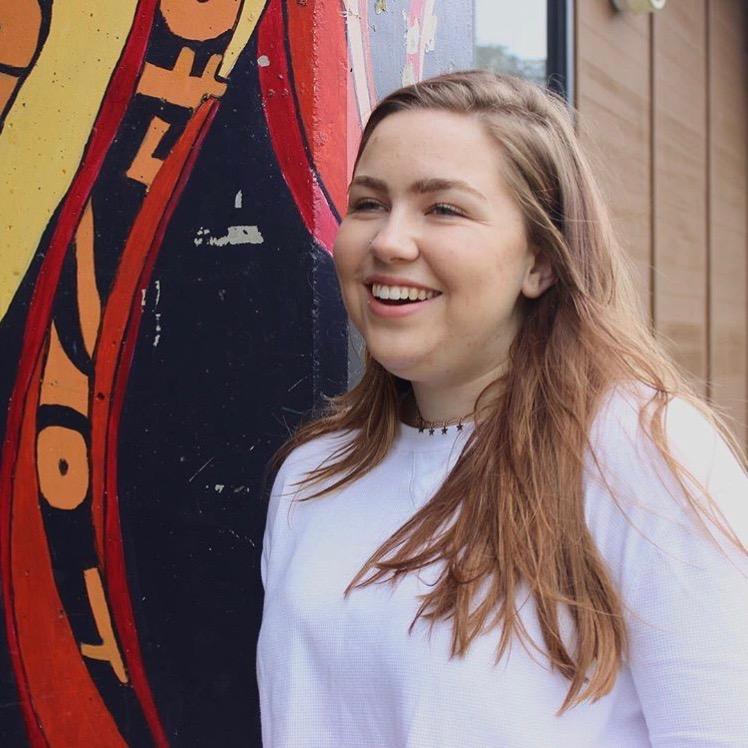
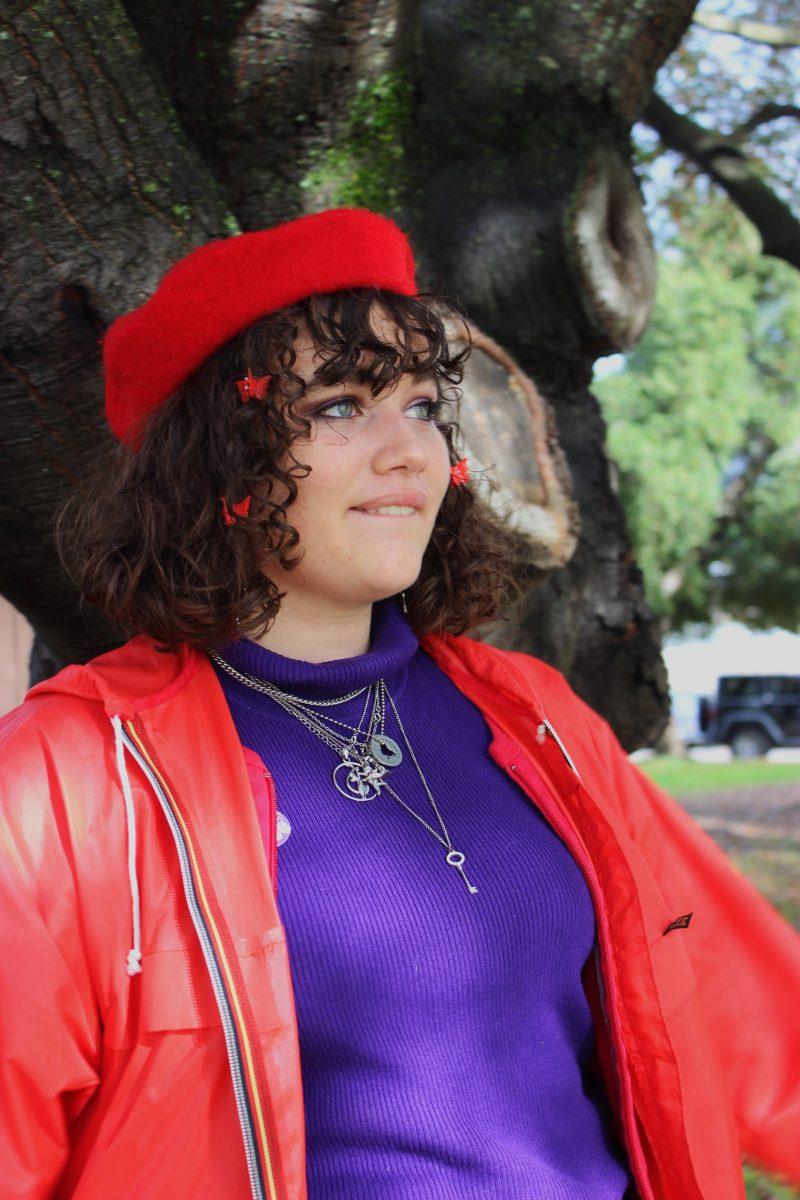
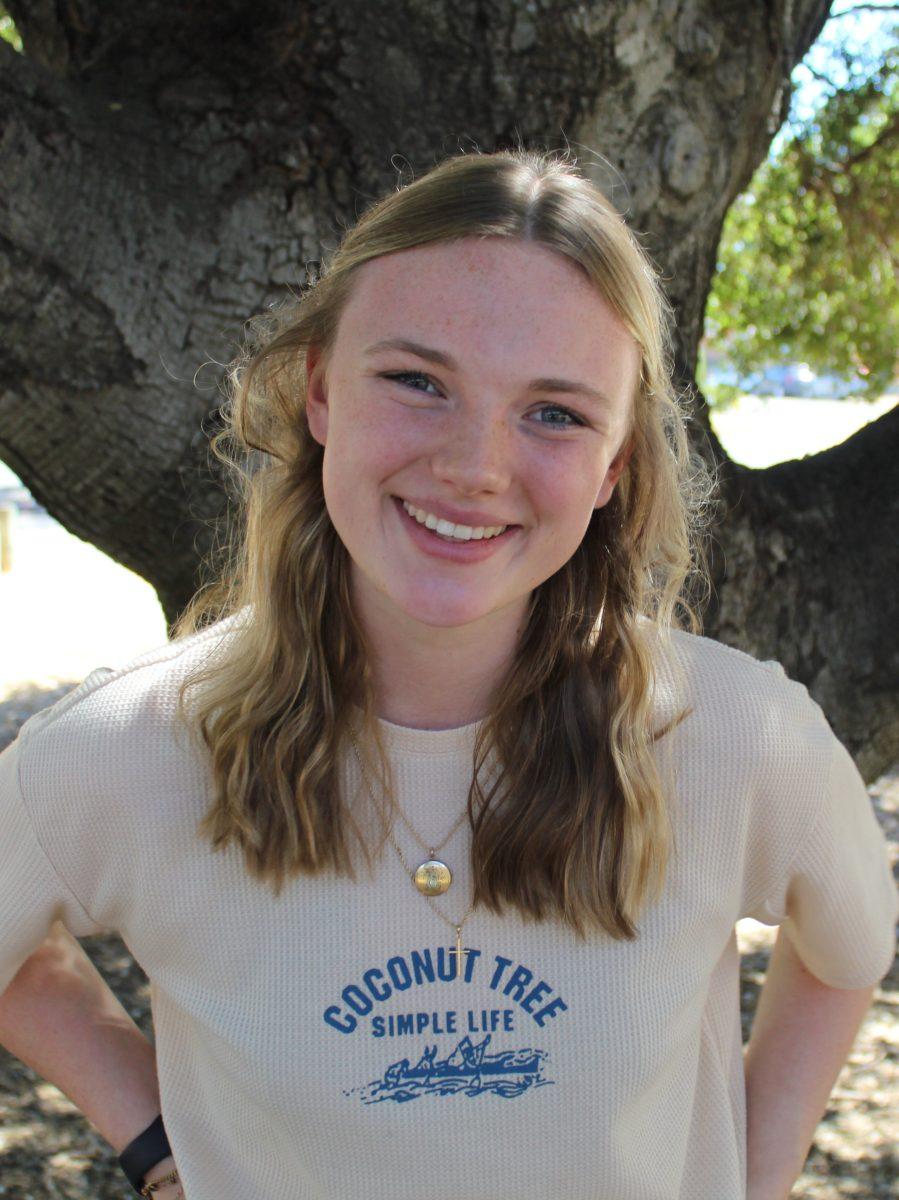
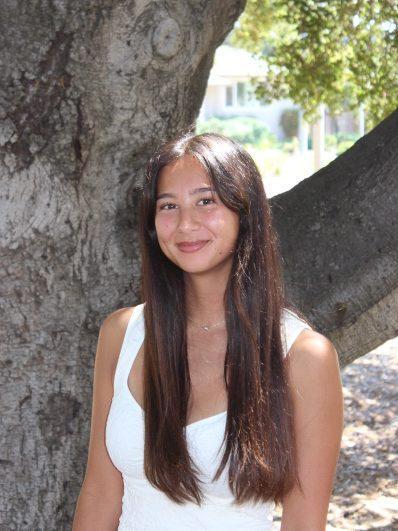
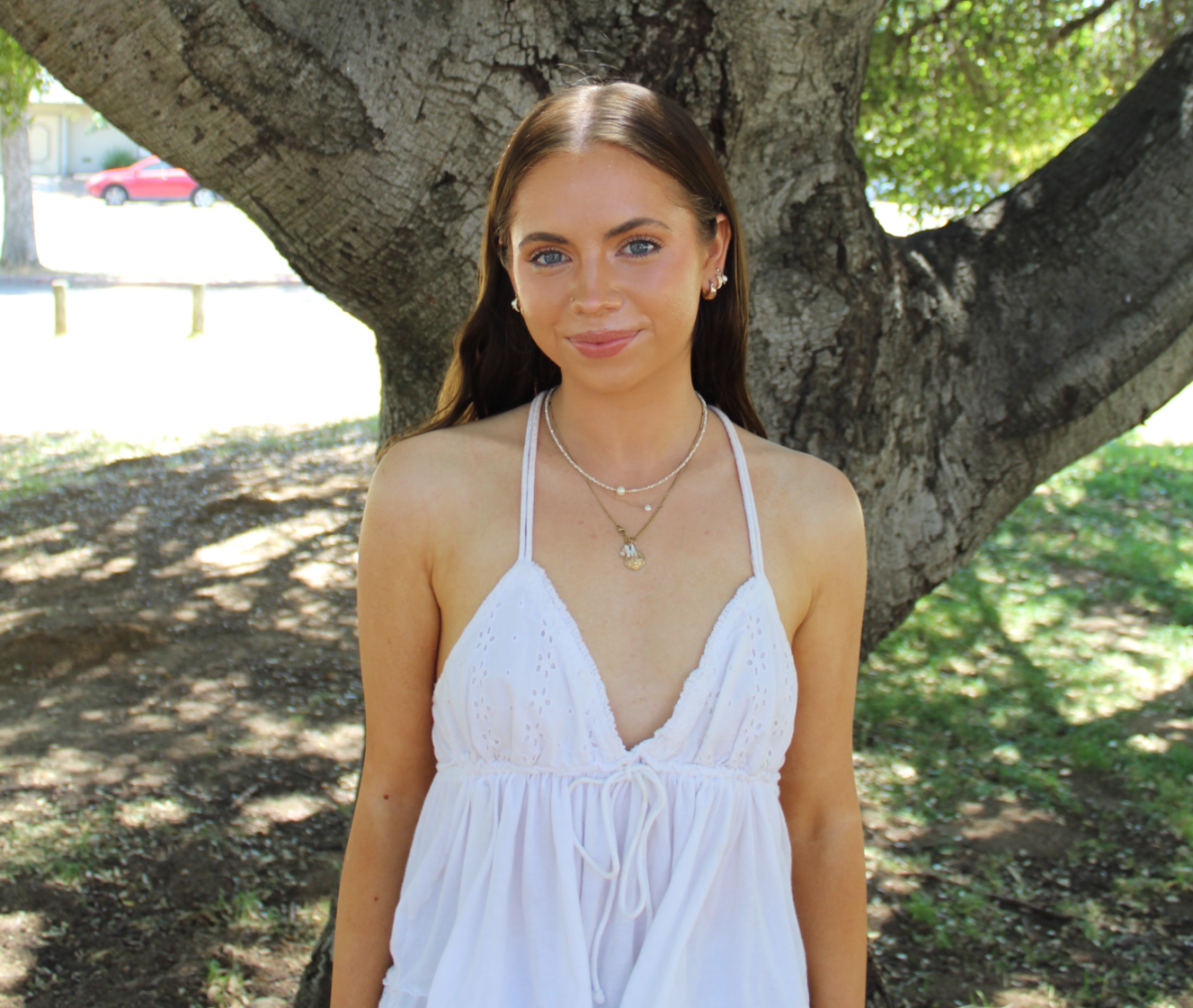
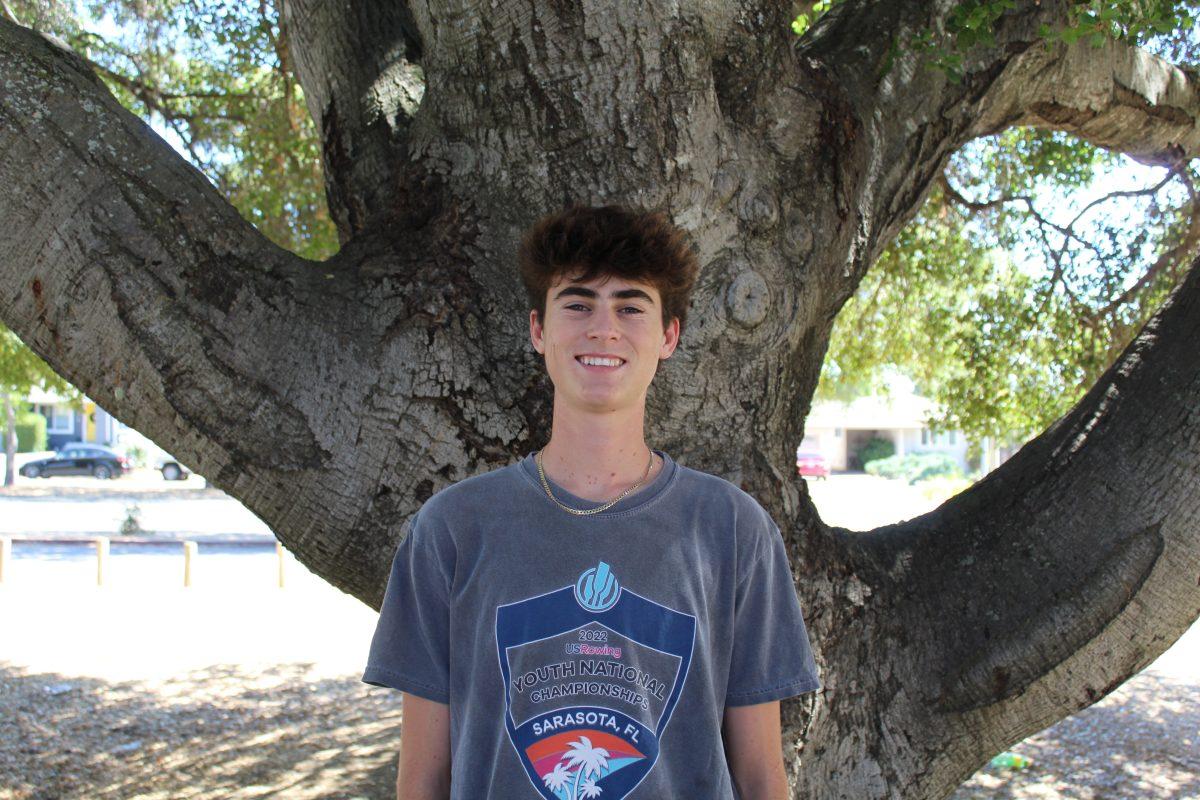
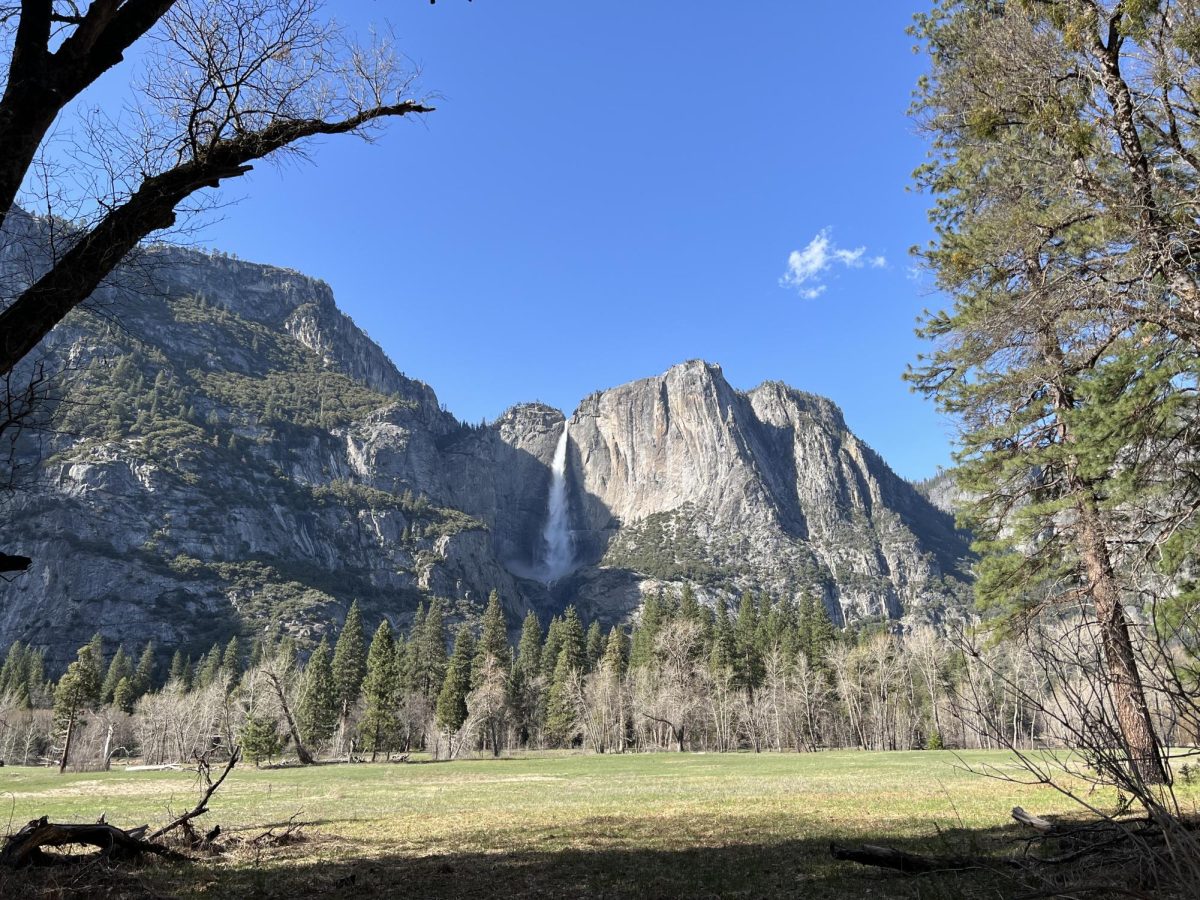
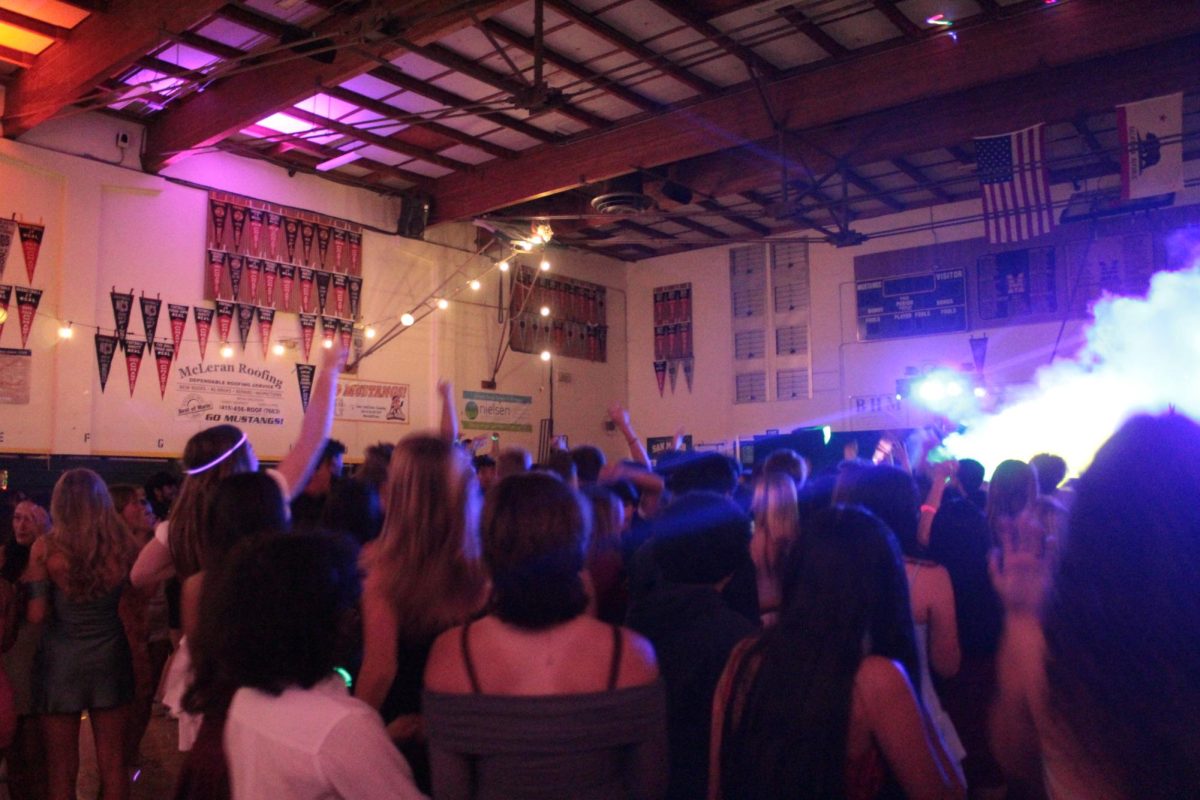
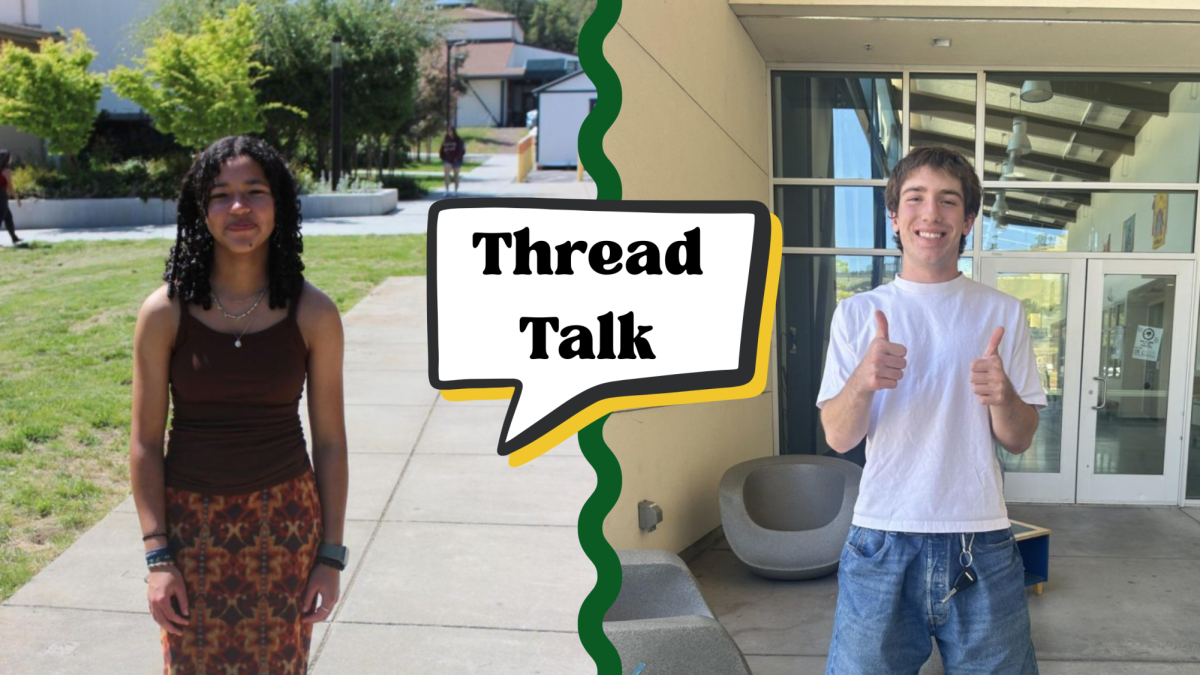


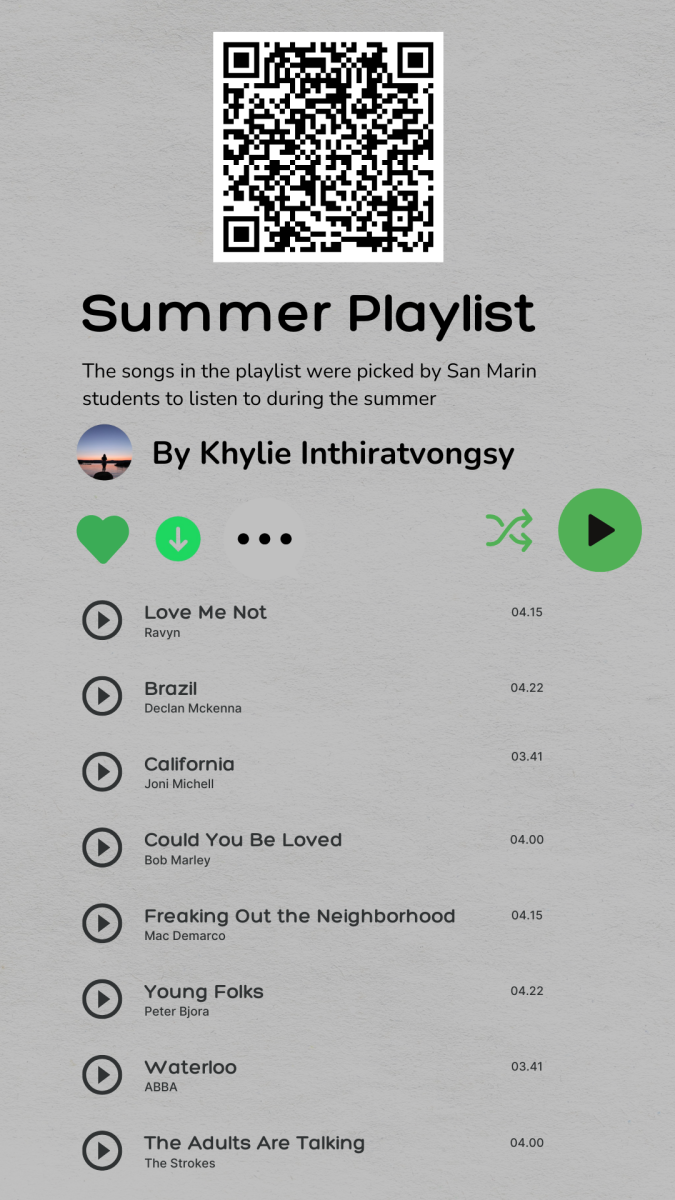

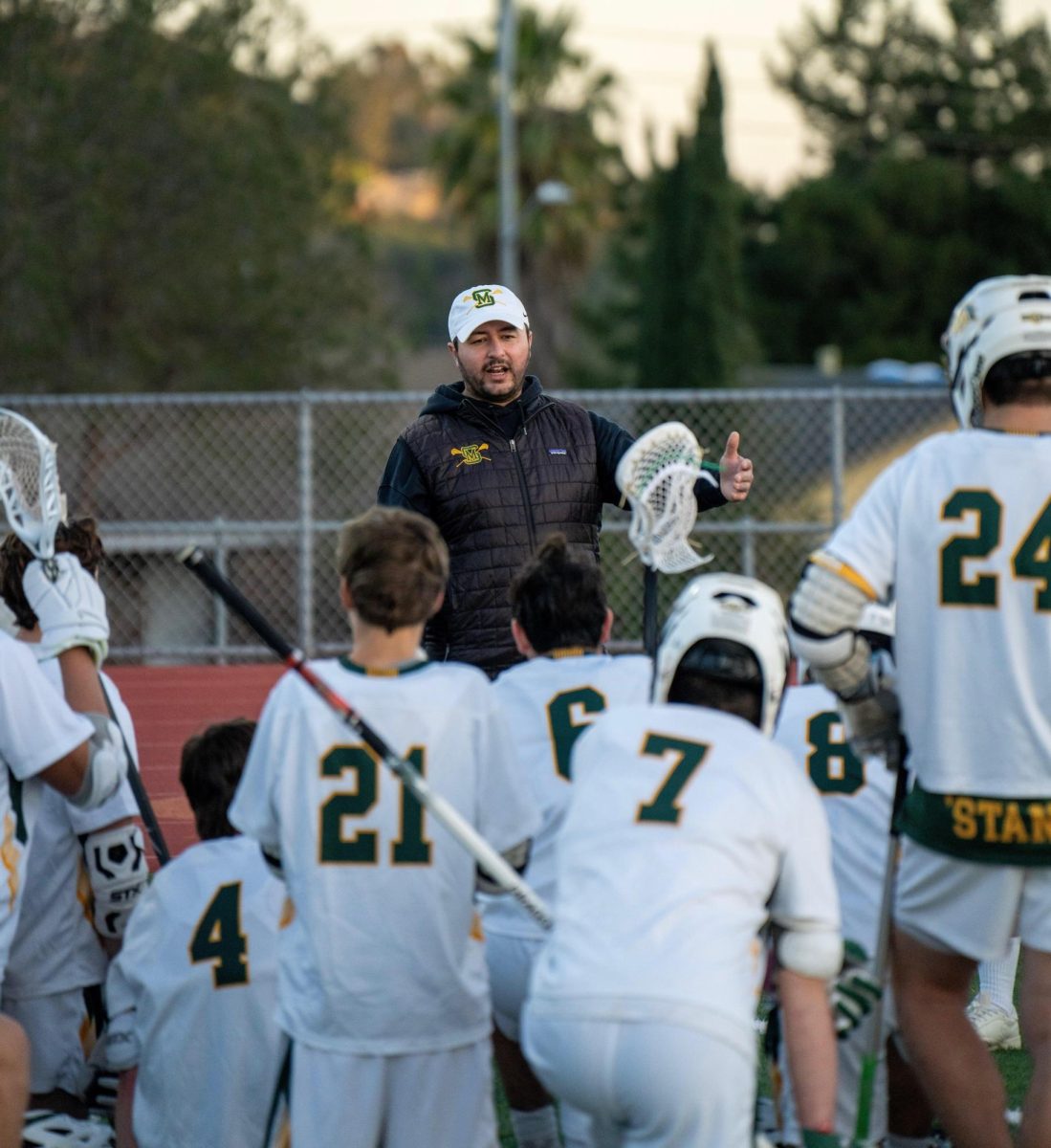
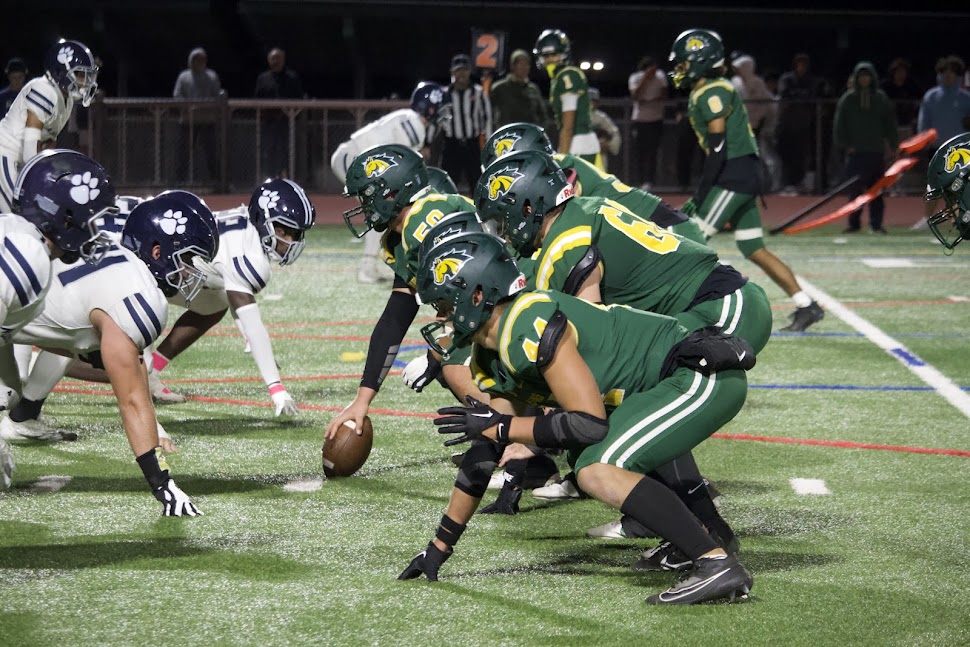

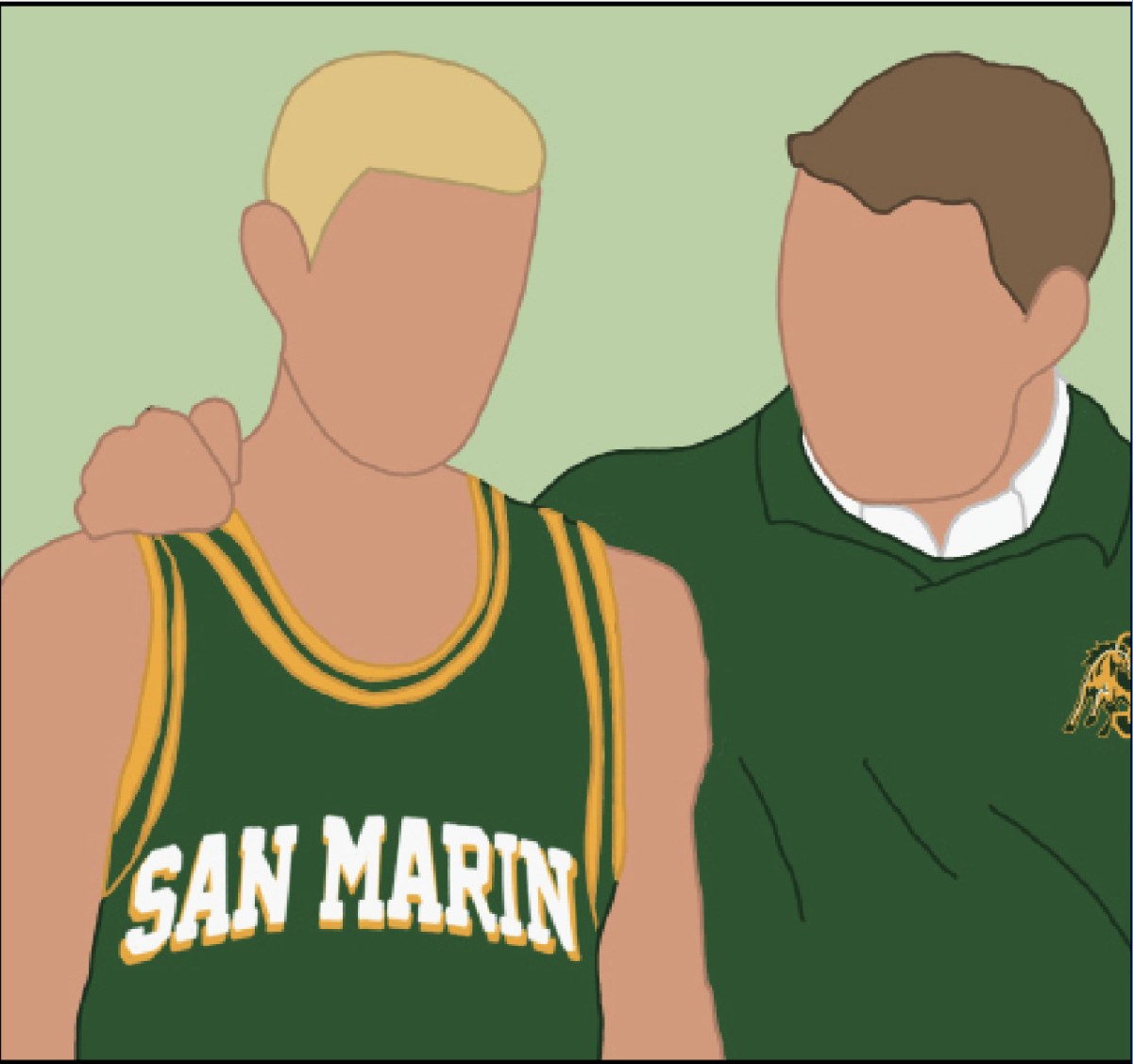







![Thornton (bottom left) and fellow volunteers with children at their school in El Ojal, Panama. [Courtesy of Sage Thornton]](https://smhsponyexpress.org/wp-content/uploads/2018/10/sage-3-amigos-color.jpg)
